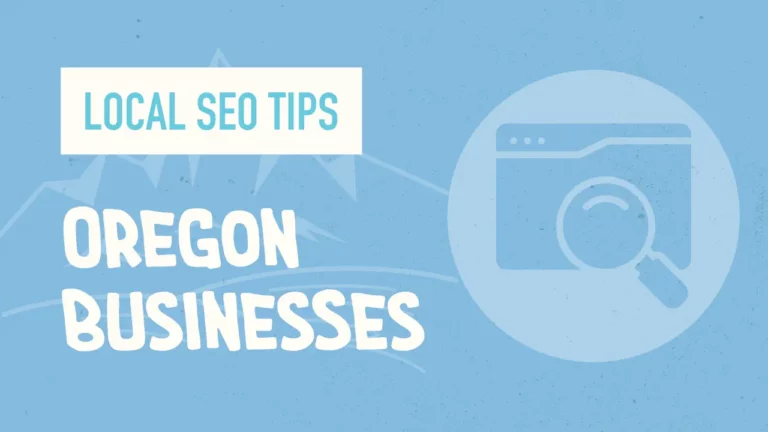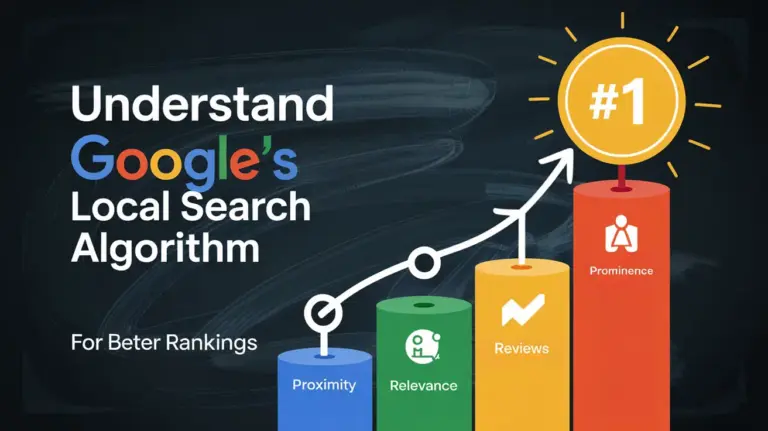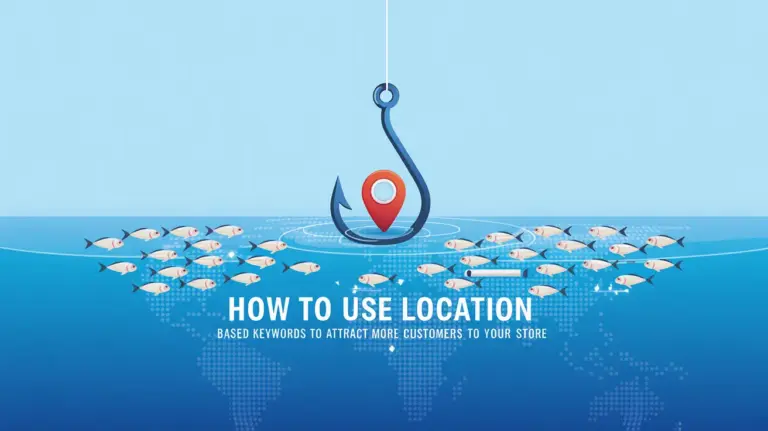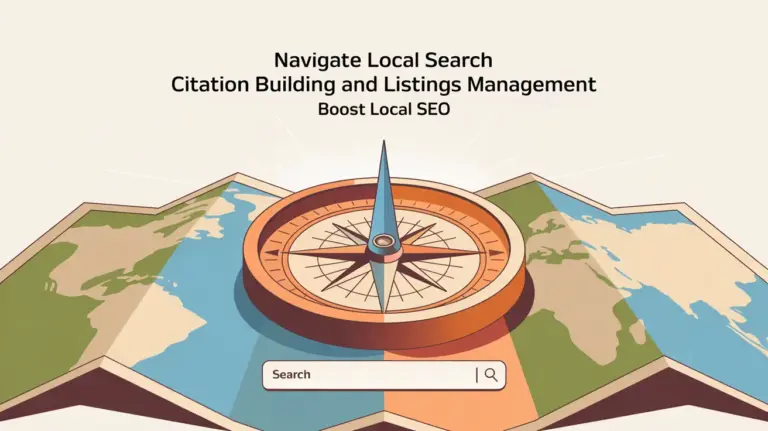Do you think it’s better to pay once for a website’s design or to pay monthly? With the world moving online, picking the right way to design your website is important. Is a pay-as-you-go service better for keeping costs in check, or does the old-fashioned method have more to offer over time?
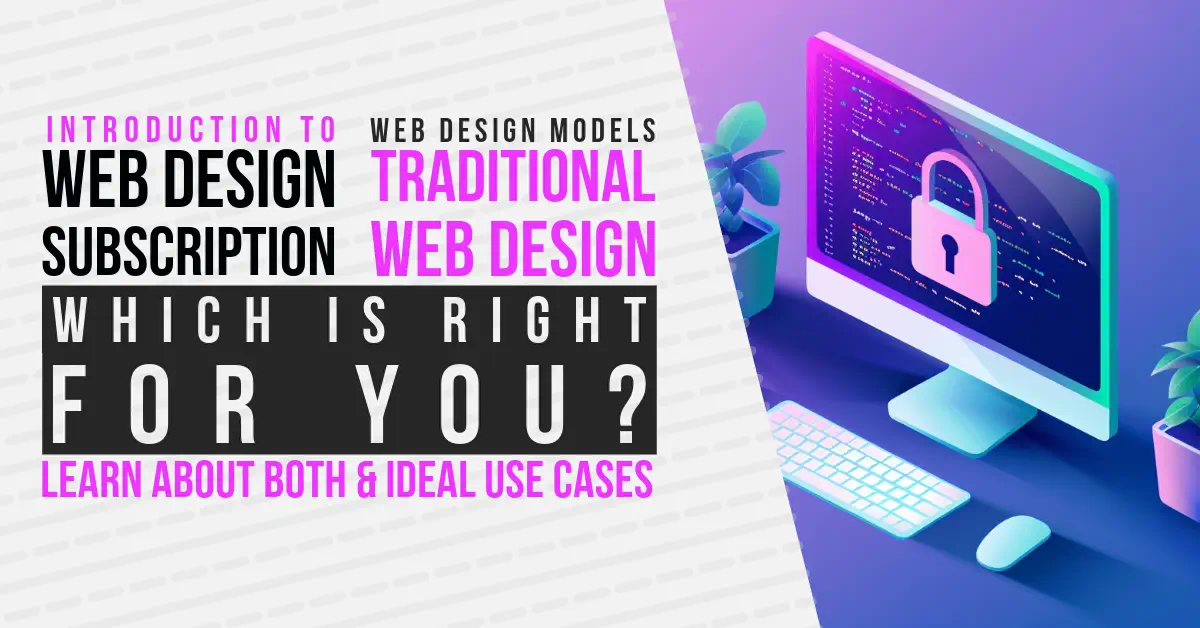
Subscription services are gaining favor for some good reasons. They give businesses a predictable budget, let them tweak their site with ease, and connect them with experts. But dropping a big chunk of cash at the start might lead to more unique designs.
Key Takeaways
- The subscription-based model provides cost efficiency and easier scalability for brands.
- Traditional web design often involves higher upfront costs but may offer deeper customization and a face-to-face experience.
- Subscription services excel in terms of flexibility, ongoing updates, and adaptability to changing business needs.
- Remote access and collaboration make subscription services user-friendly, ideal for brands needing agile responses.
- Deciding between the two models depends on your business’s specific needs, growth plans, and budget constraints.
Introduction to Web Design Models
Building a digital presence involves knowing different web design models. There’s traditional web design and the newer subscription-based model. Each has benefits perfect for various business goals.
Traditional Web Design Overview
Traditional web design means paying everything at the start. It gives businesses clarity about the total cost. Yet, updating a site can be costly under this model.
WebFX, for example, launched over 100 sites in just 2023. Their work is impressive, with 45 design awards and a long history. They’ve served over 1600 sites, showing their expertise.
Subscription-Based Web Design Overview
Monthly web design is popular for its cost spread over time. It offers regular updates and maintenance. Services like Popproxx help your site grow as your business does.
Wix.com and Kimp are great for those who want design flexibility. They offer various pricing plans, including some that are free. Kimp stands out for its quick service, with unlimited requests and fast changes.
Choosing between these models depends on your business’s needs. They both have their own benefits for managing your online presence in today’s world.
Cost Implications
It’s vital to grasp the money side of your web design choice for any company. Affordable web design options need a deep review of their costs. Traditional web designs hit hard on the budget upfront, while subscription models spread the payments evenly.
Upfront Costs vs. Recurring Fees
Traditional web design needs a big first payment, anywhere from $2,000 to $35,000. The best agencies charge even more. In comparison, starting with subscription designs is easier. They range from $400 to $1,400 monthly, making professional design more accessible.
Yearly maintenance costs for traditional websites range from $3,600 to $50,000. But subscriptions often cover these costs, making a balanced financial choice.
Additional Services and Hidden Costs
Hidden costs and extra services are crucial in web design. Traditional methods sometimes need more buys like SSL certificates, which can cost up to $1,500 yearly. Subscription plans often include these, reducing surprise expenses.
Having everything in one package not only saves money but also makes the website easier to keep up. This all-in-one approach cuts the chance of unexpected costs and simplifies website management.
Long-Term Financial Planning
Looking ahead, it’s more than the first bill that matters. Subscription designs give a clear monthly cost. This makes budgeting easier and avoids sudden, costly updates of traditional models.
Each year, traditional designs may add up to $12,000 to $150,000. In comparison, subscription models match quality within a monthly budget, adapting to growth. This means a lot for a business planning its web future.
Understanding these costs lets companies link finance and design. This ensures they pick web design that’s both sustainable and affordable.
Flexibility and Timelines
Flexibility and timelines are key when choosing a web design model. Agile, often used in software, has changed how we approach web design. It boosts team work, making it good for all kinds of web design, like the regular type or those you pay for monthly.
Project-Based Timelines
Normal web design uses a set timeline with clear steps. It follows steps like Scrum does, breaking work into smaller parts. This includes meetings for planning, showing the work, talking about it each day, and looking back on how things went. It’s great if you want a website that’s all set, like a gift-wrapped package, with no last-minute surprises.
Such an organized approach might not suit if you often need to change or update your site quickly. It’s like living in a house built just for you; changing the walls is hard work, though. This way can make keeping up a little tricky.
Ongoing Updates and Adaptability
Another approach, using Kanban, works better for sites that need to change a lot. It keeps work flowing constantly without big pauses. People see Kanban as a ‘To Do’ list, with the team only taking on what they can handle at once. This helps keep your website fresh and up-to-date with less stress.
For sites looking to stay first when you search online, staying fresh is crucial. Kanban aligns with being clever with resources. It means you can keep your site updated and unique without making a big mess.
Looking at these methods side by side, it’s clear they serve different needs. Traditional web design’s like having a big map to follow, good for knowing where you’ll be. On the other hand, subscriptions are like a GPS, changing as the world does, perfect for keeping up in today’s fast world.
Maintenance and Support
Choosing between traditional and subscription-based web design often comes down to maintenance and support. We look at how each manages these areas to help you find what you need.
Maintenance Under Traditional Model
In the traditional model, maintenance is seen as an extra cost. This leads to surprises with sudden updates or bug fixes. Owners must handle these alone or pay more for help, which can be expensive and time-consuming. Keeping a website’s responsive web design in top shape is key.
Subscription Service Maintenance Package
Subscribing to a website design service, on the other hand, means getting maintenance and support as part of the deal. Cybervise Limited is a top player here, keeping over 109 clients happy every month. Their clients stick around for an average of 6.74 years, showing they do a great job.
- Monthly theme and plugin updates
- Quarterly site reviews
- Malware cleaning/removal
- Support video calls and general updates
- Continuous monitoring, conducted every five minutes
- Monthly reports with detailed analytics
This service makes sure your website is always fresh, safe, and on trend. They support a professional website design, making your job easier without technical worries.
Technical Support Comparison
Now, let’s talk about technical support. Traditional designs offer limited support after the project ends, which can cost extra. But with subscription-based web design, support is unlimited and included. Cybervise, for example, offers a 30-minute check monthly and solves issues within two business days.
This difference in support can really affect your website’s health and your peace of mind. Subscription services offer a smoother experience, keeping your responsive web design running without surprise costs for extra help.
Customization and Scalability
Today, businesses face a choice between traditional web design and subscription services. They need to understand how each approach deals with customization and scalability. This understanding is key to making a smart choice.
Customization in Traditional Web Design
Traditional web design is great for unique websites. It makes sure every part is just the way the client wants. Businesses and design agencies team up to create a distinct online image, meeting specific needs and likes.
But, this level of custom work takes a lot of time and money. There can be big costs at the start and the project might take longer. Also, changing or growing these sites later could mean starting over. This adds more cost and work.
Scalability and Adaptability in Subscription Services
Subscription services, however, focus on growing along with your business. They offer a framework that’s flexible to adapt and expand. With subscription services, you can update your site, make small design changes, and add new features easily, without always starting new projects.
These models usually have a set monthly fee, making budgeting simpler. They also include keeping your website running smoothly and secure. They support different design tools, like WordPress and Shopify, giving you options to fit your business needs.
Overall, traditional design gives you deep customization but can struggle with growth. Subscription services, on the other hand, provide a mix of custom choices and the ability to expand. This makes them a good option for businesses wanting to change and grow steadily at a known cost.
Web Design Subscription Service
Web design subscription services have changed the game for businesses. They bring flexibility and easier budgeting for modern needs. Now, companies can get started on their websites without big first payments.
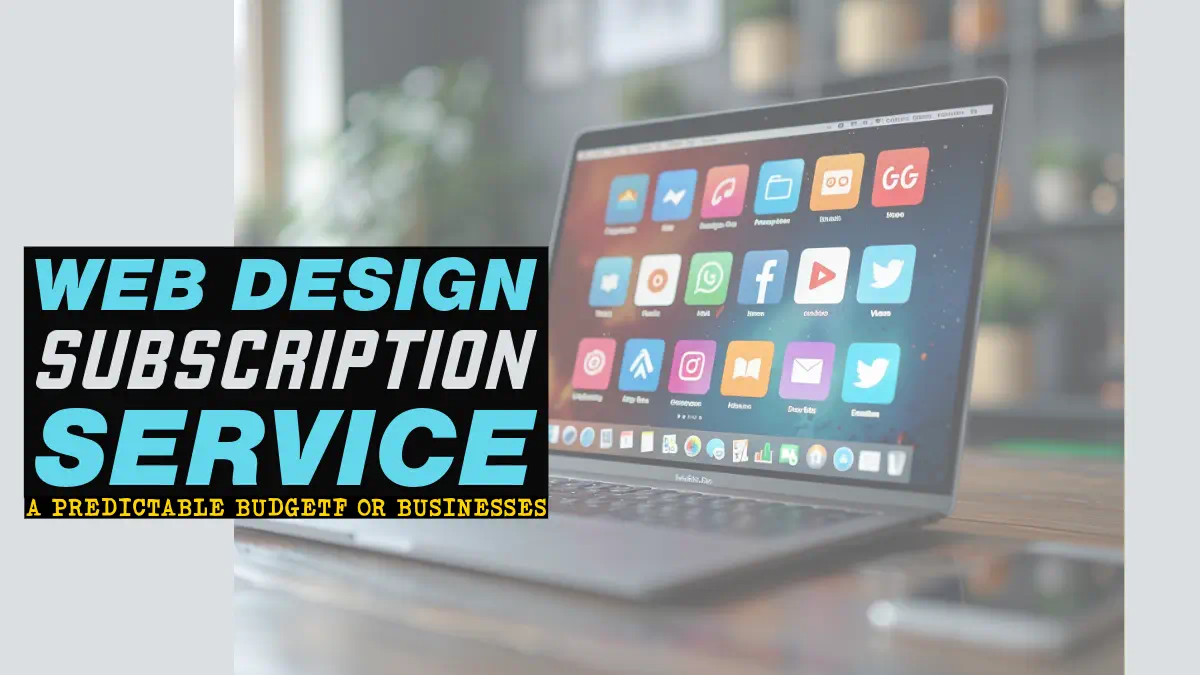
Overview
Flowout is making waves with its web design subscription model. They offer different plans, each at a fixed monthly rate. These include the Sprint Plan for £2,499 every two weeks, the Standard Plan at £3,999 per month, and the Enterprise Plan costing £7,999 monthly.
With Flowout, you get quick updates on your project within 24-48 hours. They say their model lets them do the work of five employees for what you’d typically pay one designer. You can work with Shopify Developers, UI/UX Designers, and Video Editors all in one place.
They even got 46 great reviews, proving their dedication. Their goal is to keep your website fresh and your business on its toes with support and improvements.
Pros and Cons
Choosing a web design subscription service means considering the good and the not-so-good. Here’s the lowdown:
| Pros | Cons |
|---|---|
|
|
Web design subscriptions are attractive for their affordability and full support. But they might not offer as much customization and can be slow at times. Still, for many businesses, the chance to scale easily and without fuss is very enticing.
Ideal Use Cases for Traditional Web Design
Traditional web design is great for big companies with unique needs and enough money. It lets businesses build websites that truly show who they are. This way, companies can stand out online by having a site that’s just for them.
Even though traditional web design can be more costly at first, the results are top-notch. It’s perfect for businesses that want every part of their website to be special. Also, it’s good at keeping budgets clear, so there are no big surprises later.
For companies that want their website to really reflect their brand, traditional web design is key. They’re willing to invest in a longer process to get a perfect site. With this method, every detail can be just right for the company.
Industries like finance, healthcare, and luxury retail find traditional design more beneficial than subscription services. Let’s look at how these approaches differ:
| Aspect | Traditional Web Design | Web Design Subscription Service |
|---|---|---|
| Initial Costs | High | Low |
| Flexibility | Moderate | High |
| Customization | Extensive | Moderate |
| Maintenance | Additional Cost | Included |
| Timeline | Several Weeks to Months | Continuous |
Traditional design is perfect for big companies that want a site that’s all about them. It’s about more than looks; it’s about making sure the website helps meet the business’s goals. In the end, it’s all about having a website that really works for the brand.
Ideal Use Cases for Subscription-Based Web Design
The web design subscription service model is getting more popular with tech and internet startups. Particularly those focusing on a recurring subscription model. It’s great for new companies with smaller budgets. They can quickly check if their ideas work without big costs or long hiring processes. This model launches startups fast.
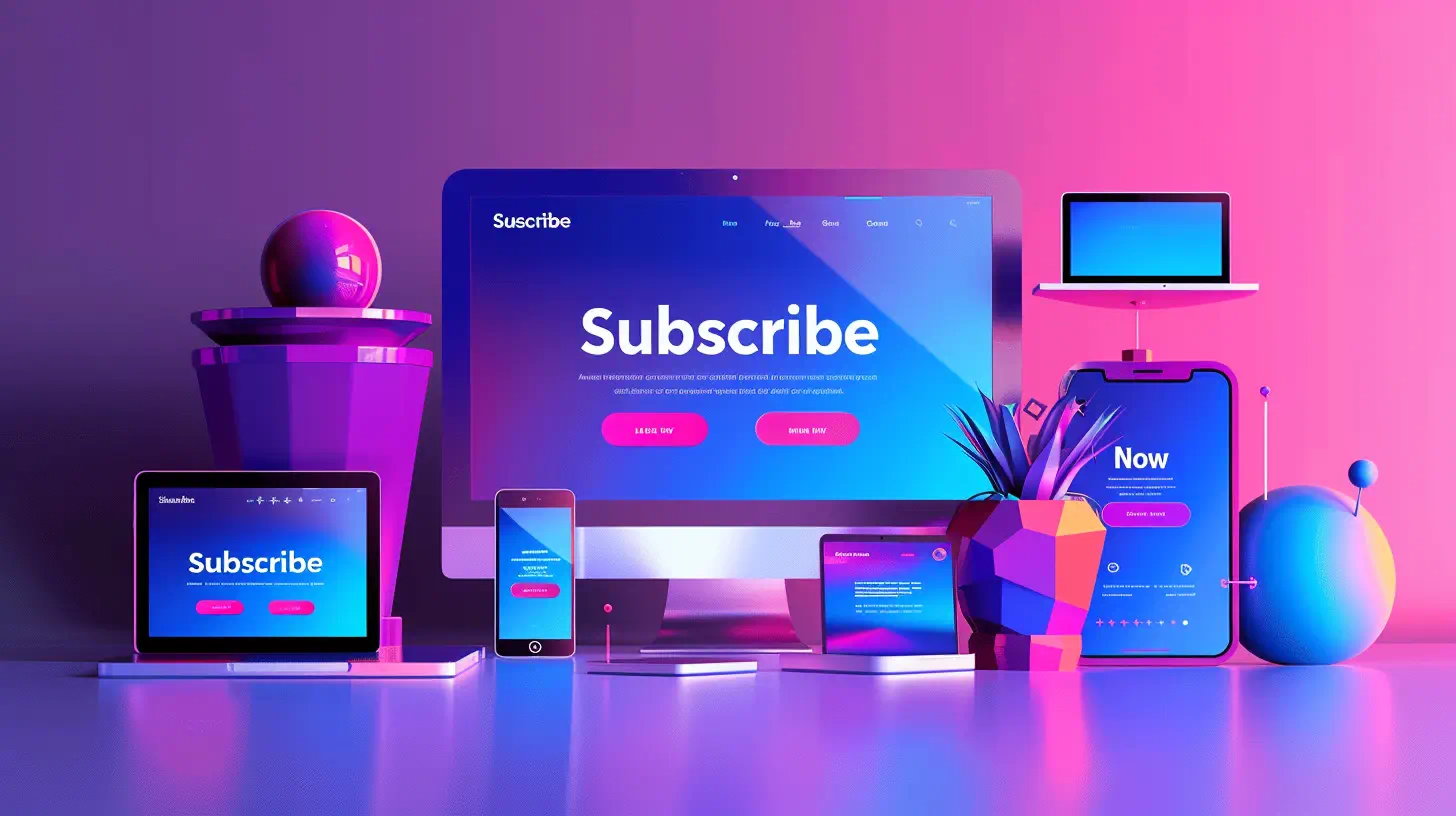
Subscriptions let businesses easily change their design needs. You can add more design work without waiting. This flexibility means more revenue and a strong, consistent brand. It helps growing companies stay efficient. So, the monthly web design approach adapts with them.
- A/B testing is essential for testing the efficacy of pricing plans.
- Varying prices can impact sign-ups and revenue generation.
- Offering multiple subscription plans can influence user choice and drive higher sign-ups for premium plans.
- Having a free plan alongside paid subscriptions can help grow the user base and convert to paid plans.
- MailChimp’s Forever Free Plan is a successful example of converting free plan users to paid plans.
- Resource throttling can be used to differentiate between free and paid plans.
- Distinction in visual treatment can emphasize the value of a subscription plan.
A recent study found over 1,000 issues in subscription services, including groceries and meat boxes. Testing over 1,200 hours revealed more than 350 methods that make users happy. By following these tips, you can get more people to sign up.
Design on demand services are becoming wildly popular. They offer access to top designers quickly and at a lower cost than traditional methods. Plus, businesses can easily get more design work done without slowing down.
| Advantages | Details |
|---|---|
| Flexibility | Allows for scaling up design needs easily without delays. |
| Cost-Effective | Provides significant cost savings over traditional design agencies or freelancers. |
| Quick Turnaround | Ensures faster start times and quicker access to design resources. |
| Quality Talent | Offers access to top designers from around the globe. |
Which Businesses Benefit from Each Model?
Choosing the right web design model is crucial for business growth. Whether you’re just starting, already set up, or quickly expanding, the right model improves your online presence and growth.
Small Businesses and Startups
The subscription-based model works best for small businesses and startups. Plans from companies like Graphically and UnicornGO fit budgets. They start at $299 to $999 a month, providing affordable design services promptly. This model keeps costs low and business design up to date.
Established Companies
For established businesses, traditional web design or top-tier subscriptions bring value. Superside caters to these firms with its packages from $5,000. It ensures continuous, high-quality design and meets long-term needs efficiently.
Rapidly Growing Enterprises
Rapid growth demands adaptable, high-quality design quickly. Designjoy’s subscriptions, $4,995 to $7,995 a month, fit the bill. This model offers scalability and flexibility, crucial for growing companies. It provides ongoing updates and adjusts to changing business needs.
| Business Type | Recommended Model | Package Details |
|---|---|---|
| Small Businesses and Startups | Subscription-Based | Graphically: $299-$349/month, UnicornGO: $399-$999/month |
| Established Companies | Traditional or High-End Subscription | Superside: Starting at $5,000/month |
| Rapidly Growing Enterprises | Subscription-Based | Designjoy: $4,995-$7,995/month |
Conclusion
Deciding between a traditional web design and a design subscription depends on your business. It’s about what you need and can afford. Each choice affects your online presence, budget, and business growth plans.
If your business needs a unique, complex website, a traditional method might be best. But, a design subscription is good if you want something affordable and with great support. This is perfect for smaller businesses trying to boost their online image.
Subscription services like Penji and Designjoy provide ongoing support and adapt with your business. They also improve your website regularly. This keeps your digital space effective and evolving.
Whichever you choose, think about what your business really needs. Consider your goals and future dreams. With careful consideration, you can pick the best option to strengthen your brand, stand out, and win customer loyalty in a crowded market.
FAQ
What is a web design subscription service?
How does traditional web design differ from subscription-based web design?
What are the cost implications of choosing a subscription-based web design service?
Are there hidden costs associated with traditional web design?
How does ongoing website maintenance work with a subscription service?
What level of customization is available with subscription-based web design services?
What are the pros and cons of subscription-based web design services?
Who can benefit the most from traditional web design?
Which businesses are best suited for subscription-based web design?
How do I determine which web design model is best for my business?
Source Links
- Designity – How Subscription-Based Creative Services Outshine Traditional Models – Designity
- Why Purchase a Graphic Design Subscription for Your Business
- How to choose the right design subscription service for your business
- Kimp – Unlimited Graphic Design & Video Design – Flat Fee Subscriptions
- Affordable Web Design Services
- How to Design a Website (Step-by-Step Guide)
- Website Design Cost: How Much Should You Pay?
- How Much Should a Website Cost in 2024?
- How Much Does A Website Cost? (2024 Guide)
- Agile Project Management – What is it and how to get started?
- Monthly Website Maintenance Plans by Cybervise
- Web Maintenance Subscriptions – Contrast Design Studio
- Monthly Website Maintenance, Support, & Analysis Plan – Indianapolis Web Design & Digital Marketing Agency – Sharp Guys Web Design
- Web Design Subscription Services in 2024: The Ultimate Guide | Reel Unlimited
- The 15 Best Graphic Design Subscription Services for 2024
- DesignJoy – Unlimited Design & Revisions
- Premium Design, Websites and Videos | Passionate Design Agency
- Growmodo: Design & Development Subscription for Scale-Ups
- Unlimited Webflow Design and Development Service | Flowout
- Web Design Subscription Services in 2024: The Ultimate Guide | Reel Unlimited
- What’s the difference between traditional web design and pay monthly websites?
- Web Services: Use Cases and Key Architectures
- Designing Pricing Plans for Subscription-Based Web Apps
- 3 UX Best Practices for Consumables Subscription Services Websites — Based on 1,200+ Hours of UX Testing – Articles – Baymard Institute
- Scalability Of Subscription-Based Design Services: Design On Demand
- DesignJoy – Unlimited Design & Revisions
- Best 11 Unlimited Design Services of 2024 – Choose Wisely
- Killer Membership & Subscription Site Examples: Updated 2024 💡
- Web Design Subscription Services: A Boon for Small Businesses in 2024
- Unlimited Graphic Design Services | Top Unlimited Graphic Design Packages
- The Top Subscription-Based Design Services For Businesses


